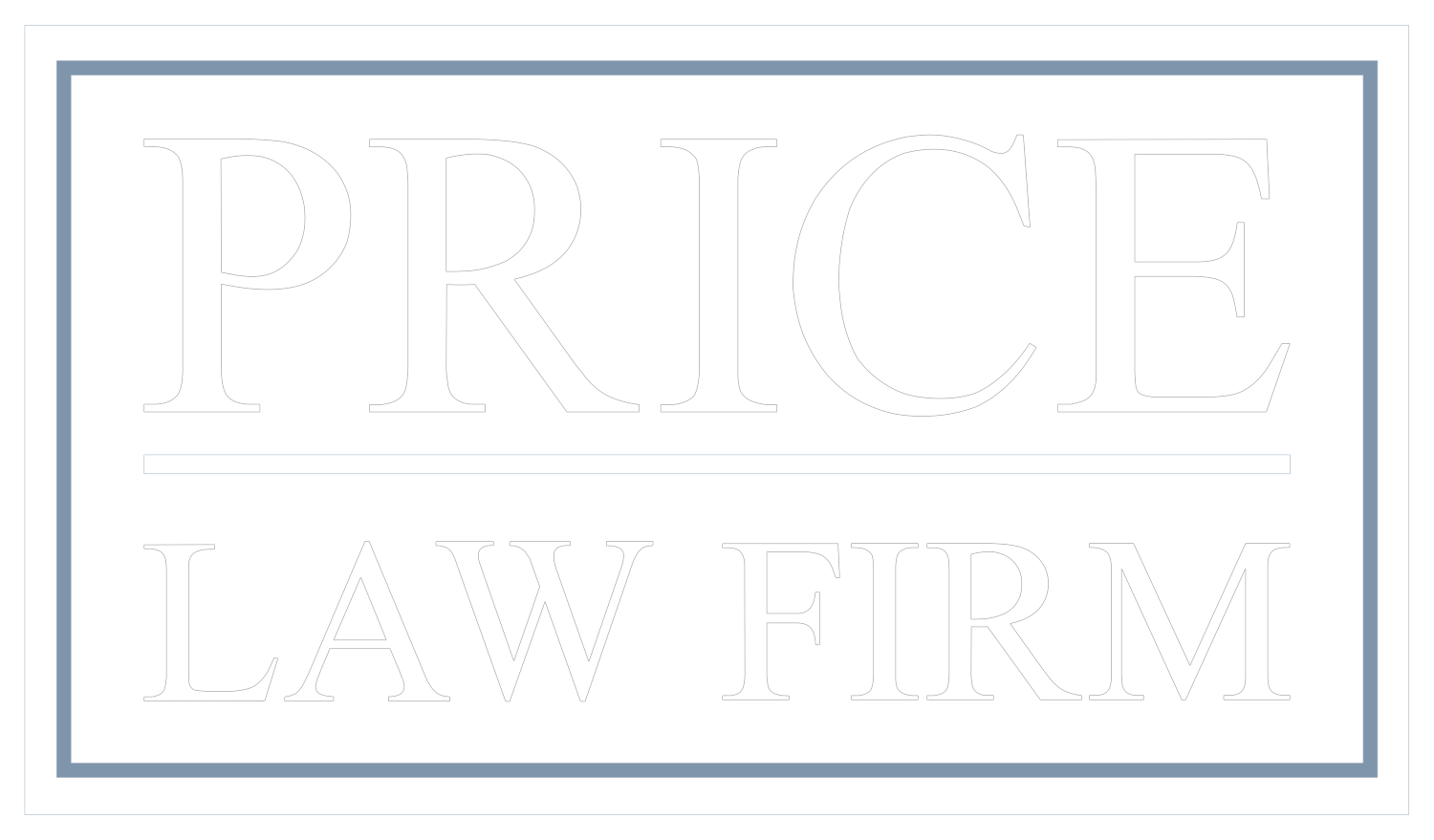
15 Tips to Help You Find the Tenant of Your Dreams

Every landlord dreads the nightmare tenant: non-paying, property-destroying, disruptive to other tenants or worse — criminal. Evictions can take a lot of money and time. If you do your due diligence and take some unique approaches in the screening process, you may just find the perfect tenant.
Here are 15 tips on how to find a great tenant.
1) Follow the Law
Your advertisement, including your rental, should appeal to the perfect tenant that you are looking for.
Highlight the features of your rental and what your area has to offer your perfect tenant but you must make sure your advertisements, interviewing techniques and tenant selection process adhere to Fair Housing Rules in your area.
It is unlawful to make tenant decisions based on race, gender, sex, religion, disability or family status. Ignorance of the law is not a defense and you may be subject to penalties if you fail to follow the law.
2) Make it Pretty
You will attract a better tenant with a better-looking, well-maintained rental with functioning appliances and you also create the expectation that this is how your tenant will leave it when they leave.
Clean up, make repairs, replace broken appliances, perform necessary maintenance, paint the walls and you might even get a higher rent.
3) Poach Perfect Tenants
Do you know any good buildings with reliable tenants? Place your flyers in or near a building known for its perfect tenants.
4) Offer a Reward
Chances are your perfect tenants have quality friends. Pay your best tenants (the one’s you’d like to fill your building up with) a fee to find you replacement tenants (if they are leaving) or additional tenants.
5) Have a Response Ready
When you receive a response to an advertisement, having the right standard/template response ready will eliminate most of your undesirable candidates.
-
Thank them for applying/inquiring.
-
Tell them when the rental will be available (if there are current tenants that cannot move out prior to that date make that clear).
-
List any important physical obstacles to accessing the rental: stairs, number of floors, whether there is an elevator or not, whether there is parking or a private garage and how many parking spots there are.
-
If you have specific pet policies, explain them.
-
List the hours you are showing the rental and if current tenants must be notified before setting a date/time.
-
If you have specific eviction or criminal history requirements, make those clear.
-
If you have specific financial requirements, such as a minimum credit score or household income, make that clear.
-
Provide links to more photos or videos of the rental.
Once you list all of your requirements, ask the potential tenant to reach out if they still want to see the rental. This should narrow the field of prospects significantly.
6) Formalize the Application Process
If you’re using an application form – either online or on paper – you’re less likely to accidentally ask the wrong question in an interview process that may violate Fair Housing Rules and land you a penalty. You can create your own or use a standard form as-is or modify it.
With a formal application, you can carefully craft your questions and request the necessary information required to perform your background checks (such as driver’s licenses and Social Security Numbers) and follow up on references.
You may also want to charge a non-refundable application fee to cover the cost of the background checks.
Spell out the terms and conditions of your lease agreement on paper or via email and provide it to all applicants. Include your security deposit policy, the types of pets you allow (or don’t allow), your policy on renter’s insurance, and other obligations of the lease agreement.
7) Check References
This is an obvious one but there are clues to look out for when following up on the references your potential tenant has provided.
Employers: You’ll want to see current pay stubs and speak to superiors or coworkers – on company lines – to verify your tenant still works there.
Prior landlords: Getting a reference from a current landlord – who may want to get rid of the tenant – may be useless (unless the tenant is moving a long distance or the landlord sounds sorry the tenant is leaving or has plenty of specific positive things to say about the tenant’s behavior). You’ll want to talk to any landlords from prior rentals, who no longer have anything to gain by losing the tenant.
Character references: The tenant may have some friends, acquaintances and maybe neighbors who have positive things to say (although the issue with the current landlord could also apply to current neighbors) but if these are the only references your tenant provides it could be a warning sign. If they can’t furnish positive references to prove a steady source of income or good behavior in a prior living situation, this should give you pause.
8) Do a Thorough Background Check
Another obvious one. You want a tenant who pays their bills on time (i.e., monthly rent) and gets along with others (or at the very least follows the law).
Your tenant’s credit, eviction and criminal background history says a lot about their sense of responsibility, reliability and how they will interact with you as their landlord and your other tenants.
Also investigate whether your tenant is a repeat offender who has been sued repeatedly in Housing Court by checking court records and eviction databases.
You will want your tenant’s Social Security Number, not only to run the background check but to be able to report a delinquent tenant to the credit bureaus if they become a nightmare tenant.
9) Make a House Call
Visit prospective tenants where they currently live. You’ll find out how they take care of their current rental and how they’ll likely treat yours.
10) Require a Larger Security Deposit
Calculate your security deposit based on what it would cost to cover specific damages and make sure it’s higher than the monthly rent.
Requesting a larger security deposit also helps avoid the perception on the tenant’s part that the security deposit can serve as the last month’s rent.
11) Require Renter’s Insurance
You can suggest, recommend or require your tenants purchase renter’s insurance in the lease agreement. It protects the tenant’s property in the event of a fire, flood or theft.
Renter’s insurance can also help you avoid a lawsuit in the case of an accident on the property.
12) Use Late Fees as a Bad-Tenant Deterrent
Put a late fee policy in your lease agreement as a preventative measure. This will deter any applicants who have a history of being past-due.
13) Require a Verified Payment Method for Security Deposit and First Month’s Rent
Require the security deposit and first month’s (or months’) rent in the form of a cashier’s check or money order. This allows you to verify the checks will clear and avoid any bounced check fees.
If you must accept a personal check, wait until the check clears and the lease agreement is signed to stop accepting applications and marketing the rental.
14) Do Not Budge
You may be desperate to fill a vacancy but making an exception to your screening criteria on the fly can be a very bad move that you will regret later on.
You may get a potential tenant who doesn’t meet your criteria but you like them, or you feel bad for them, or they are willing to pay more. Don’t budge.
Nightmare tenants come in all economic brackets. Just because someone is willing to pay more does not mean they will give you less of a headache. There may be a reason they can’t find an apartment and you need to remember you set your standards for a reason.
15) Put Everything in Writing
Put everything that matters to you in the lease agreement: who is living in the rental, when the rent is due, policies, such as the security deposit, late fees, pets, smoking, and other rules, including the basis for eviction, whether you require renter’s insurance, tenant obligations and landlord obligations.
Finding your dream tenant is part person and part process.
Once you’ve verified your tenant’s background and assessed their character, it’s the preventative process of what you put in writing, the rules you set, the steps you take to protect your investment and the adherence to both tenant – and landlord – obligations that fosters the perfect landlord-tenant relationship.
How did you find the perfect tenant?
Don’t leave your legal matters to chance. SCHEDULE A CONSULTATION OR CALL US AT (212) 675-1125 for a personalized consultation and let our experts guide you through every step of the process.
Joshua Clinton Price
Founder of The Price Law Firm LLC
Josh Price is a lawyer who is sought by clients with complicated cases because of his extensive knowledge of the law and his ability to help the law evolve.
Search an article
Contact Us for a
FREE Consultation
Blog (Website Form)

Facing a real estate issue?
Contact us to schedule a consultation and get expert legal advice tailored to your specific needs and circumstances.
OR CALL US NOW AT:
SHARE THIS ARTICLE:
Recent Posts
Get Expert Legal Advice











